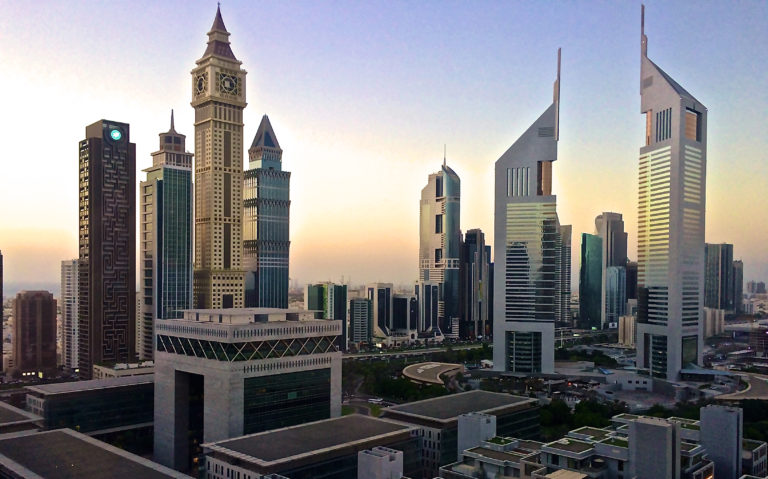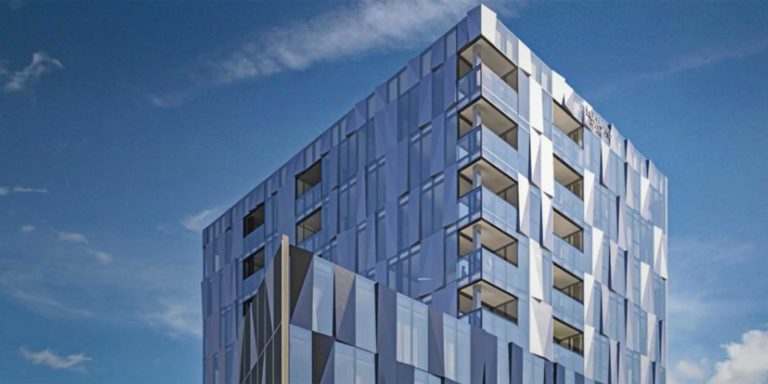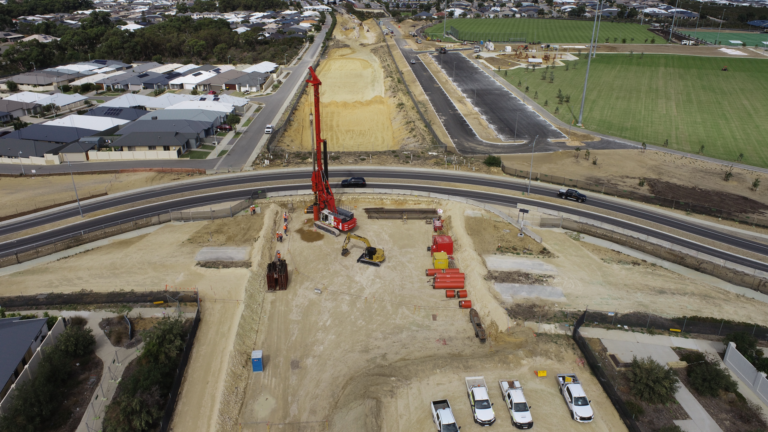Parramatta Square
BG&E provided civil, flooding and drainage services for Parramatta Square, a project of significant scale and importance to the community.
Located in the heart of the city, this development has firmly established Paramatta as a modern destination and one of Greater Sydney’s three CBDs.
Parramatta Square is a three hectare mixed- use precinct developed by Walker Corporation, consisting of a total of six stages and accommodating a mix of commercial, education and retail developments.
3PS, 4PS, and 6PS/8PS are Class A commercial office towers with a 5 Star rating, directly adjacent to the Parramatta Train Station and the main western train line.
BG&E provided schematic design development in close collaboration with the architect, along with civil, flood, and drainage design services through to construction.
Civil works included
- The upgrade of two intersections.
- Reconstruction of 350 metres of Darcy Street which provided the frontage to 4PS and 6PS/8PS.
- The public domain, a large paved area (4,800 square metres) including an outdoor dining facility, seating area, and a major pedestrian thoroughfare to Parramatta Train Station.
BG&E’s role included road design, pavement grading, stormwater drainage, subsoil drainage design, utility coordination, water sensitive urban design and erosion and sediment control.
Flooding & Drainage works included
BG&E was commissioned to undertake a flood assessment of the site to consider local overland and mainstream flooding from the Parramatta River.
Our role included:
- Developing a 2D hydraulic model for the Parramatta CBD to understand the local overland flood and to provide the best flood protection measures.
- Developing the baseline model scenario to set critical flood levels and flood patterns for the existing scenario.
- Preparing flood maps and reports and working with the architects to determine the design levels throughout the site based on the design criteria.
- Developing scenarios to determine the new building floor levels, basement carpark entries, and redeveloped pedestrian walkway entry to the Parramatta Train Station. The results have been used to inform automatic and manual flood barrier and flood door designs to provide the most effective flood mitigation strategies.
- Diverting large trunk stormwater drainage infrastructure through the site to accommodate the development of the site.
BG&E has delivered an exceptional Building Structural services and Public Domain work Civil services for the Parramatta Square Precinct from the concept design stage through to construction completion. There have been many site-specific design challenges encountered throughout the process, particularly during basement excavation working around boundary retention constraints and existing basement structures.
BG&E has assisted greatly to overcome these constraints by proactively driving the coordination process with multiple disciplines with their technical expertise, and thorough understanding of temporary work strategy working closely with the contractors to achieve a very desirable project outcome for us.






